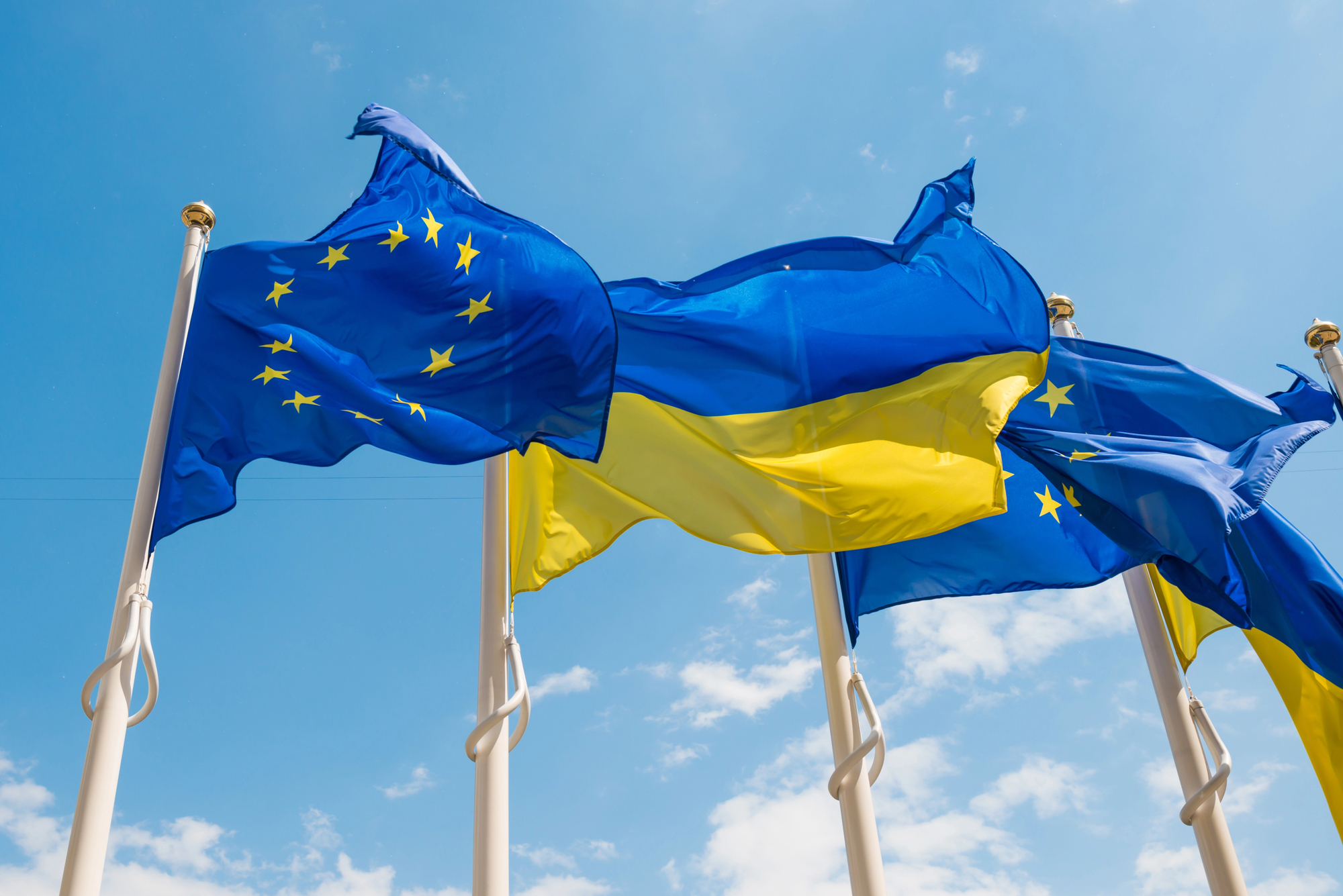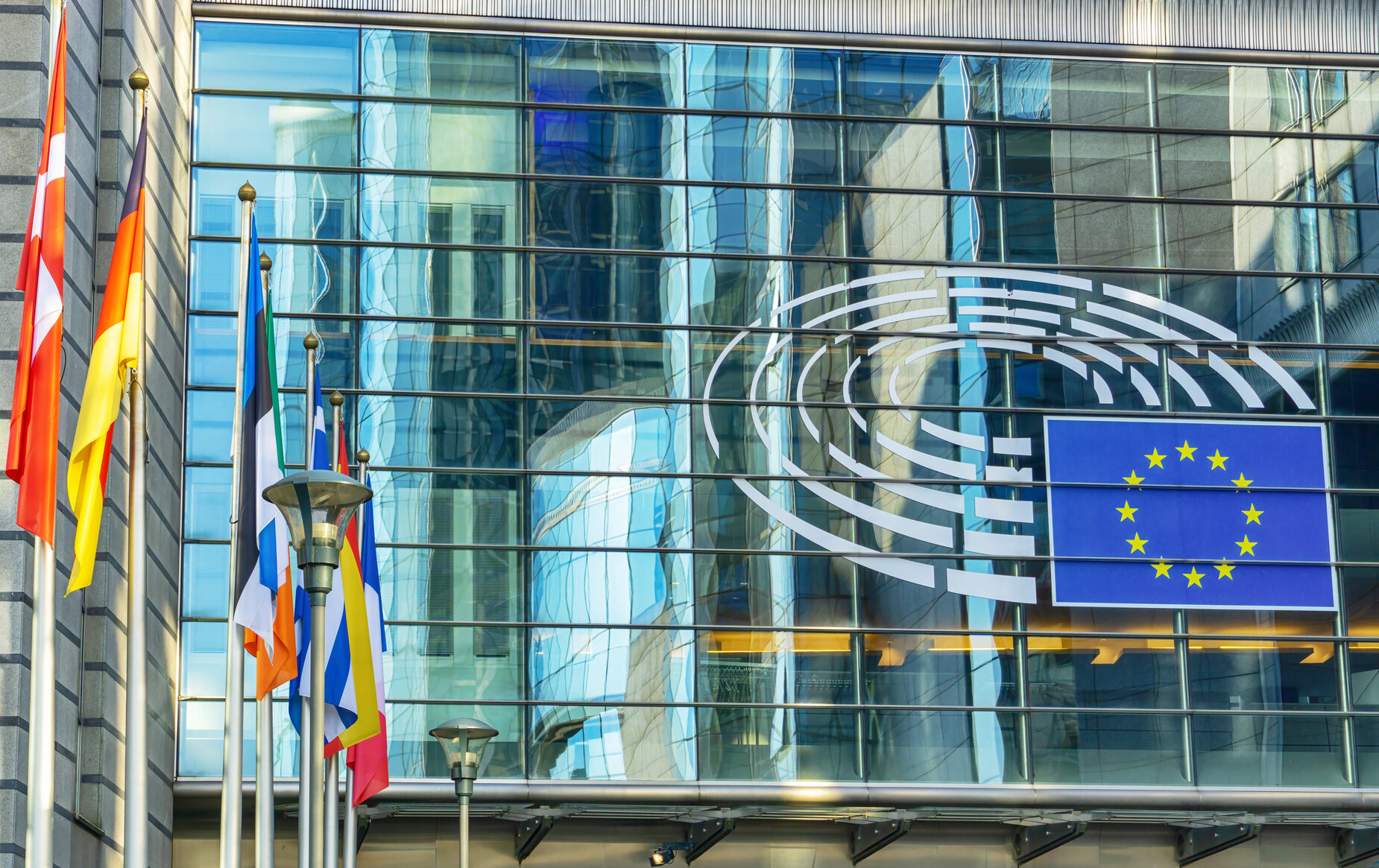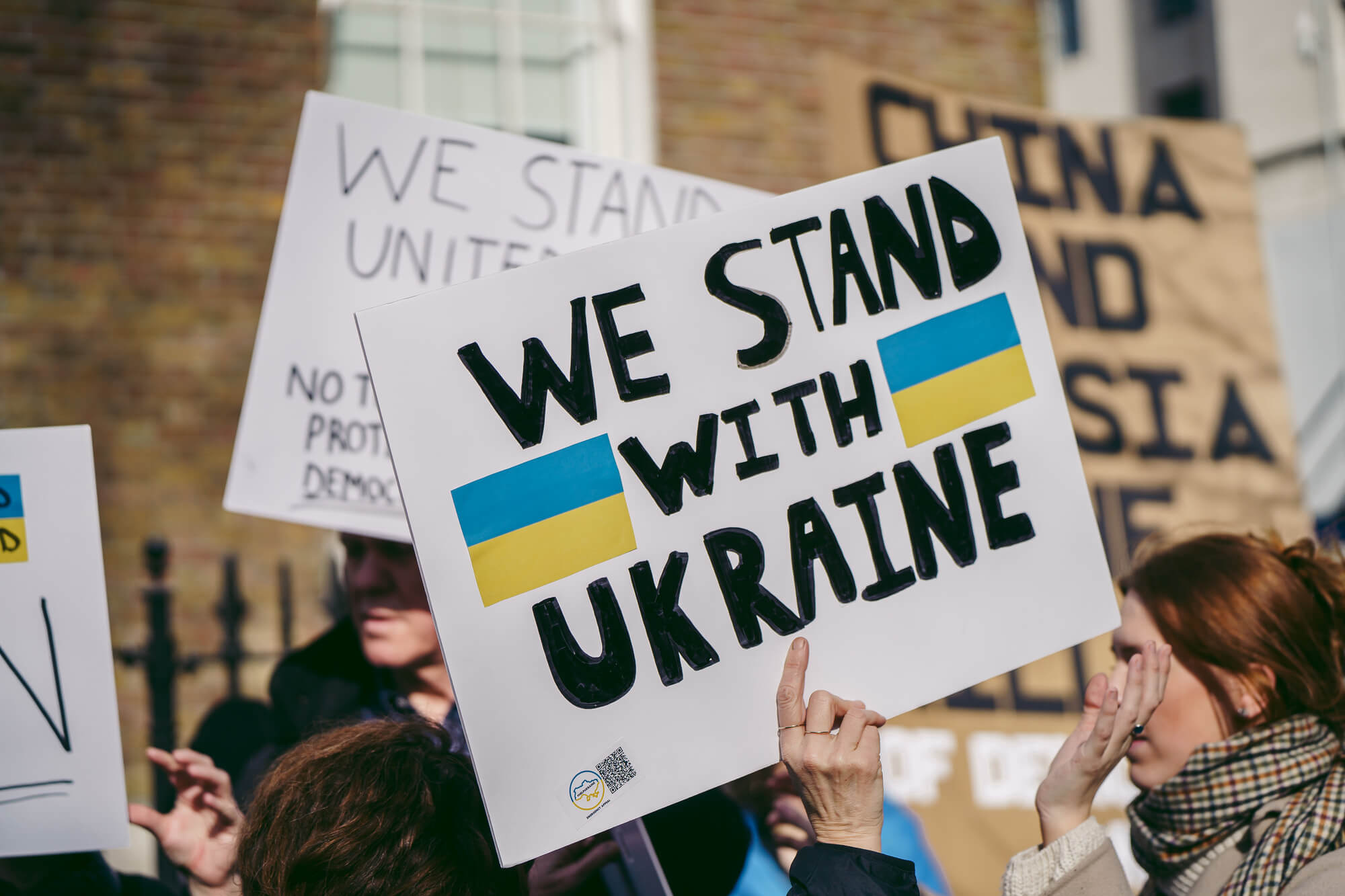The EU and the USA continue to negotiate on the signing of the Transatlantic Trade and Investment Partnership, or TTIP. If the agreement is reached, the deal will become the most ambitious decision on establishing a free trade area (FTA) and bringing closer the two markets that are already the largest trading partners in the world. What would be its implications for Ukraine? Veronika Movchan, Head of the Center for Economic Studies, VoxUkraine Editorial member, knows the answer.
In mid-July 2015, the tenth round of negotiations in two years was held between the EU and the USA on the signing of the Transatlantic Trade and Investment Partnership, or TTIP. If the agreement is reached, the deal will become the most ambitious decision on establishing a free trade area (FTA) and bringing closer the two markets that are already the largest trading partners in the world.
In 2013, bilateral trade in goods and services between the EU and the US amounted to about €857 bn, with the total volume of mutual direct investment of about €3,348 bn. The trade structure is quite concentrated, both on the EU and the US side. For example, trade in commodities is dominated by engineering goods (machinery and equipment, transportation equipment, optical devices, etc.) and chemical products.
Despite the impressive volumes of bilateral trade and the relatively low import tariffs (weighted average import duty for goods from the EU in the US is 2.1%, and the respective EU duty for US goods is 2.8%), businesses on both sides complained of trade barriers, including tariffs, and of non-tariff measures established by each country’s regulatory environments, as well as of difficulties with gaining access to public procurement markets. According to a survey conducted in the EU prior to the start of negotiations, 46% of the respondents who took part in public consultations on the feasibility of establishing a FTA between the EU and the US expressed concerns about unjustified regulatory barriers, including in the area of technical regulation and food safety, 45% were dissatisfied with duties, 38% with customs procedures, and 20% with investment barriers.
Calculations showed that a comprehensive solution to the existing problems in bilateral economic relations would be the most beneficial. According to the EU data, TTIP would bring €119 bn annually to the EU and €95 bn to the US. The economic gain of the rest of the world is estimated at €100 bn annually after the Agreement is fully implemented.
The negotiations that are currently underway cover three main areas:
(1) market access;
(2) regulatory cooperation;
(3) rules.
Improving mutual access to markets and, consequently, cancelling nearly all import duties is one of the stated goals of TTIP. Although duty-free trade already encompasses about half of the products of the United States and the EU, and average values of import duties are low, tariffs on certain types of agricultural products, textiles and engineering goods exceed 15%, which, by WTO definition, is a tariff peak creating significant barriers to trade. The TTIP is not expected to result in a total elimination of import tariffs by its parties. For some sensitive products, the liberalization will only be partial, and tariff-rate quota will probably be introduced, as it was the case with other FTAs established by the EU, for instance, as part of the EU-Ukraine Association Agreement.
In addition to eliminating barriers to trade in commodities, countries are committed to significantly easing trade in services. It is expected that the negotiations would result in the liberalization in sectors such as telecommunications, e-commerce, financial services, postal and courier services, and sea transportation, ensuring equal competitive conditions for European and American companies in the markets of the parties to the Agreement and strengthening the cooperation between their regulatory authorities in the future. Same as with goods, the provision of certain services is considered to be a sensitive issue and will not be covered by the Agreement. For example, in March 2015, the representatives of the EU and the US stated the right of each party to provide public services at the countries’ discretion.
The third component of the negotiations on the access to markets is public procurement. Ensuring a mutually non-discriminatory access to public tenders is considered to be one of the important benefits of TTIP, and in this respect there seems to be no reservations as to opening the markets.
Regulatory cooperation involves negotiations on regulatory convergence process through the development of common rules and improved cooperation and information exchange. The issue of technical barriers to trade, protection of human, animal and plant health, food safety and the harmonization of regulations in separate sectors are an important part of the efforts of the negotiating teams to reduce non-tariff barriers to trade. It is expected that TTIP would allow for reducing the time and costs associated with the confirmation procedures and for eliminating duplication, at the same time preserving the proper level of security. Regulatory “audits” are currently underway in the EU and the US to help define the parameters of the Agreement.
The negotiations on trade rules, the third area of negotiations, concern the issues of trade facilitation, trade and sustainable development, improved access to natural resources, primarily energy, protection of intellectual property rights, competition policy, investor protection, etc.
Obviously, TTIP success would mean the strengthening of the economic cooperation between the EU and the US. What would be its implications for Ukraine? Establishing FTAs would mean increased competition in the markets of the participating countries, which creates a threat of substitution of goods and services imported from third countries with the goods and services of the parties to the Agreement. This may have an impact on Ukraine as well, especially in the area of food commodities, the US and EU markets for which are currently mutually sheltered. On the other hand, modern trade is characterized by product differentiation, and therefore the effects of forcing out products coming from third countries after the signing of the Agreement may not be as serious as the models show. At the same time, increased economic activity would stimulate demand in the EU and the US for products from other countries, especially if these products are part of the production chain.
The signing of TTIP would mean the convergence of standards and regulations in force in the US and the EU. If TTIP allows countries like Ukraine, which is currently harmonizing its national legislation on TBT and SPS with the EU norms, take the advantage of its recognized equivalence in the EU when entering the US market, this would be an indisputable win. Another important advantage of TTIP could be the emergence of common regulations, which would reduce the costs of exports to these two markets for the rest of the world.
In this way, to take advantage of the opportunities that TTIP creates for the rest of the world, it is important that Ukraine implements its obligations under the EU-Ukraine Association Agreement, enhances its participation in the EU production chains, and develops its own unique products that could compete in the world in the situation of the ever-increasing competition.
Attention
The author doesn`t work for, consult to, own shares in or receive funding from any company or organization that would benefit from this article, and have no relevant affiliations



